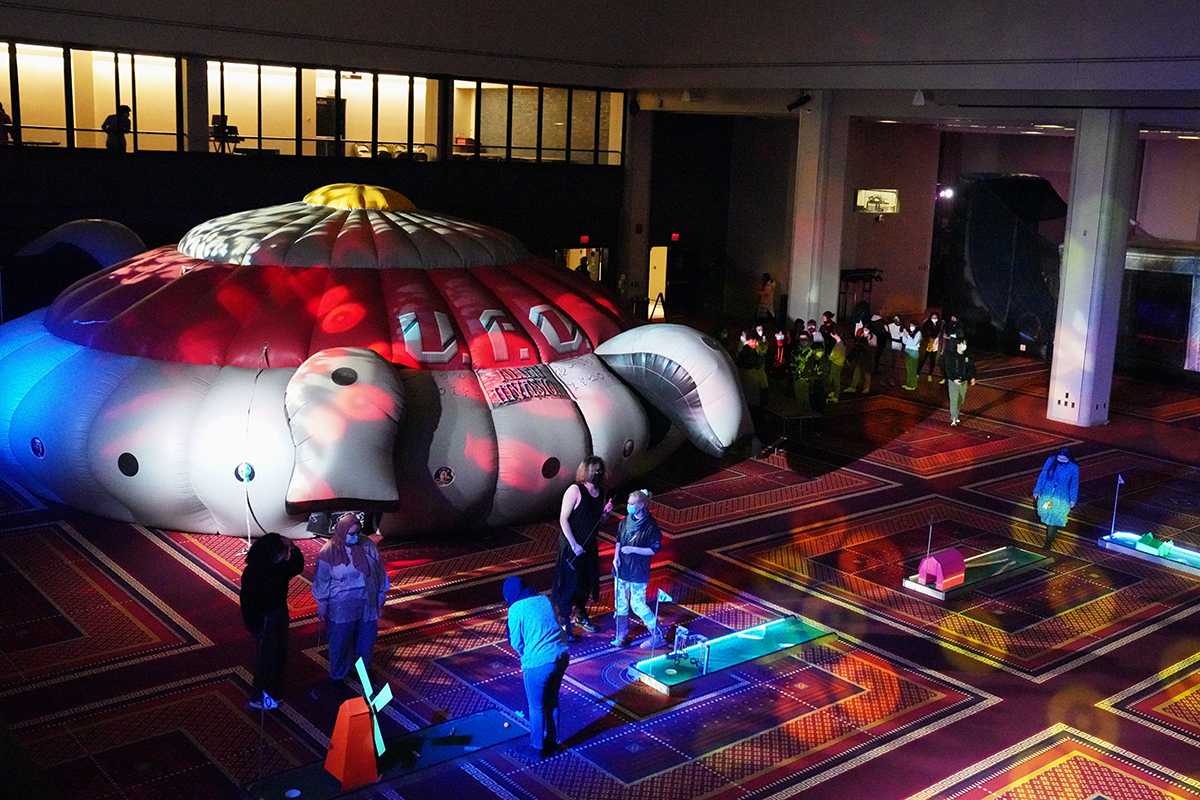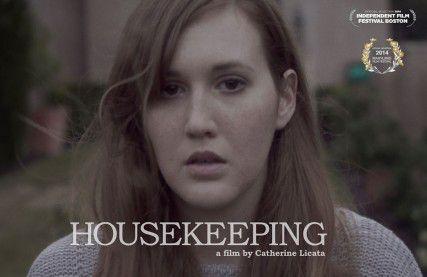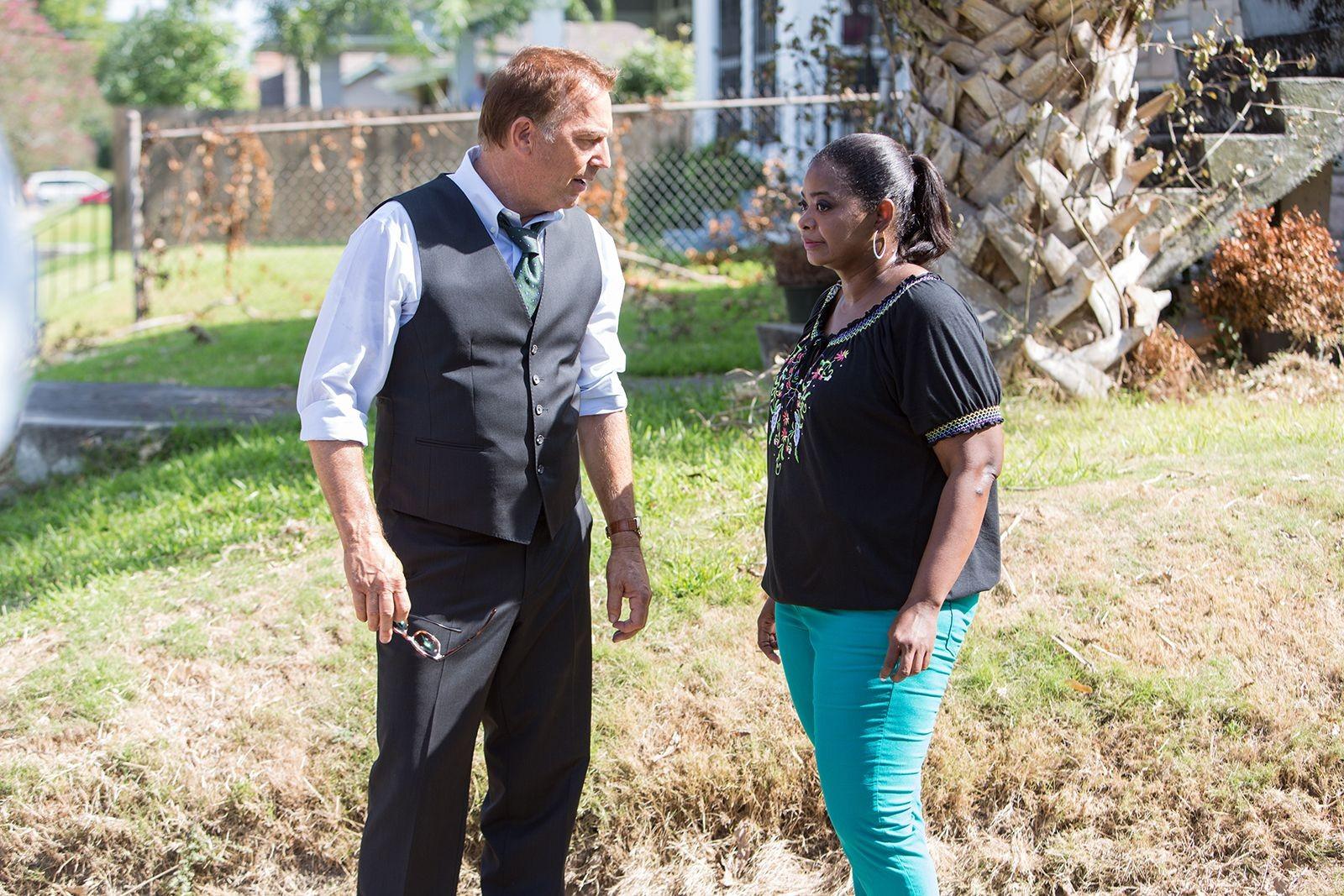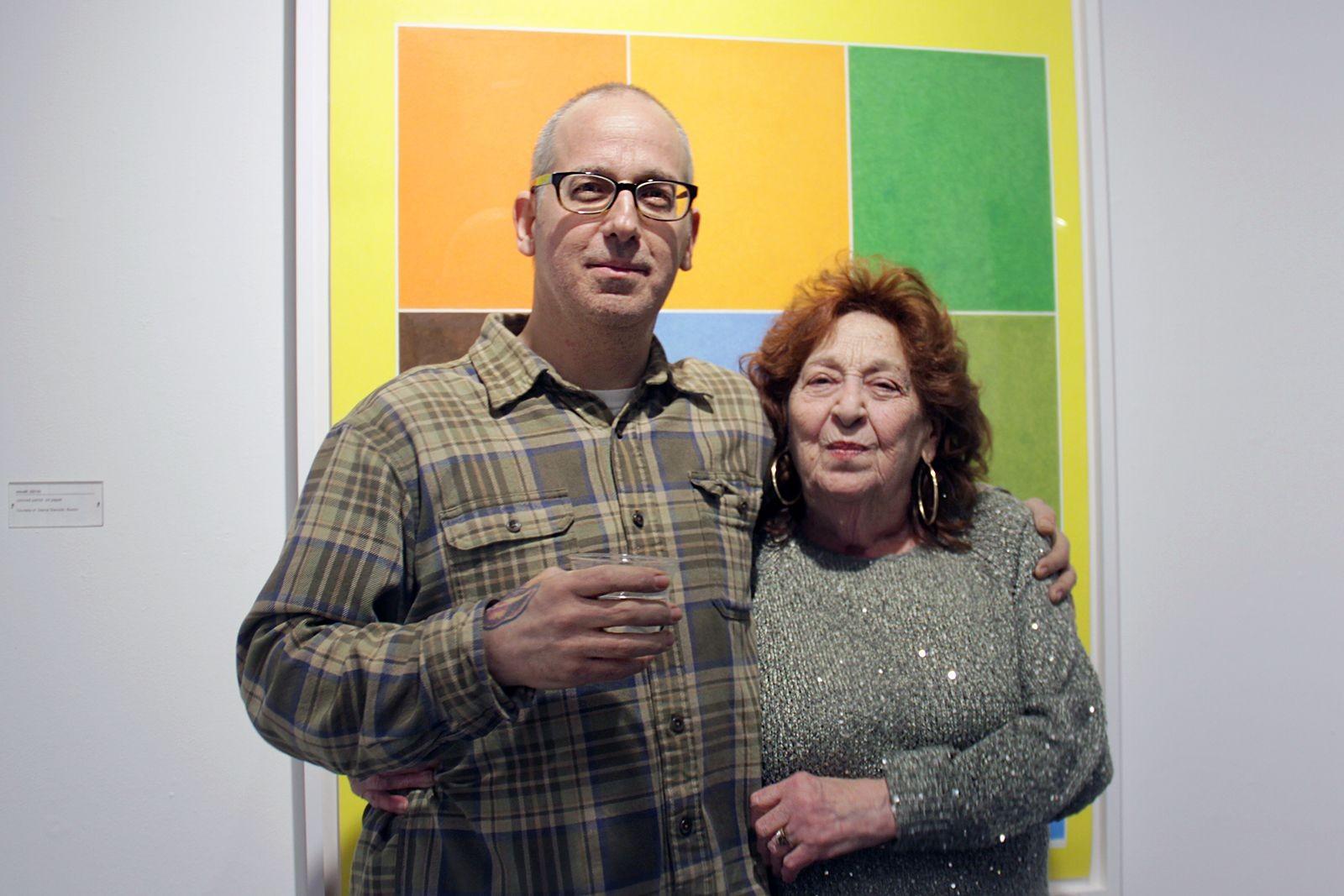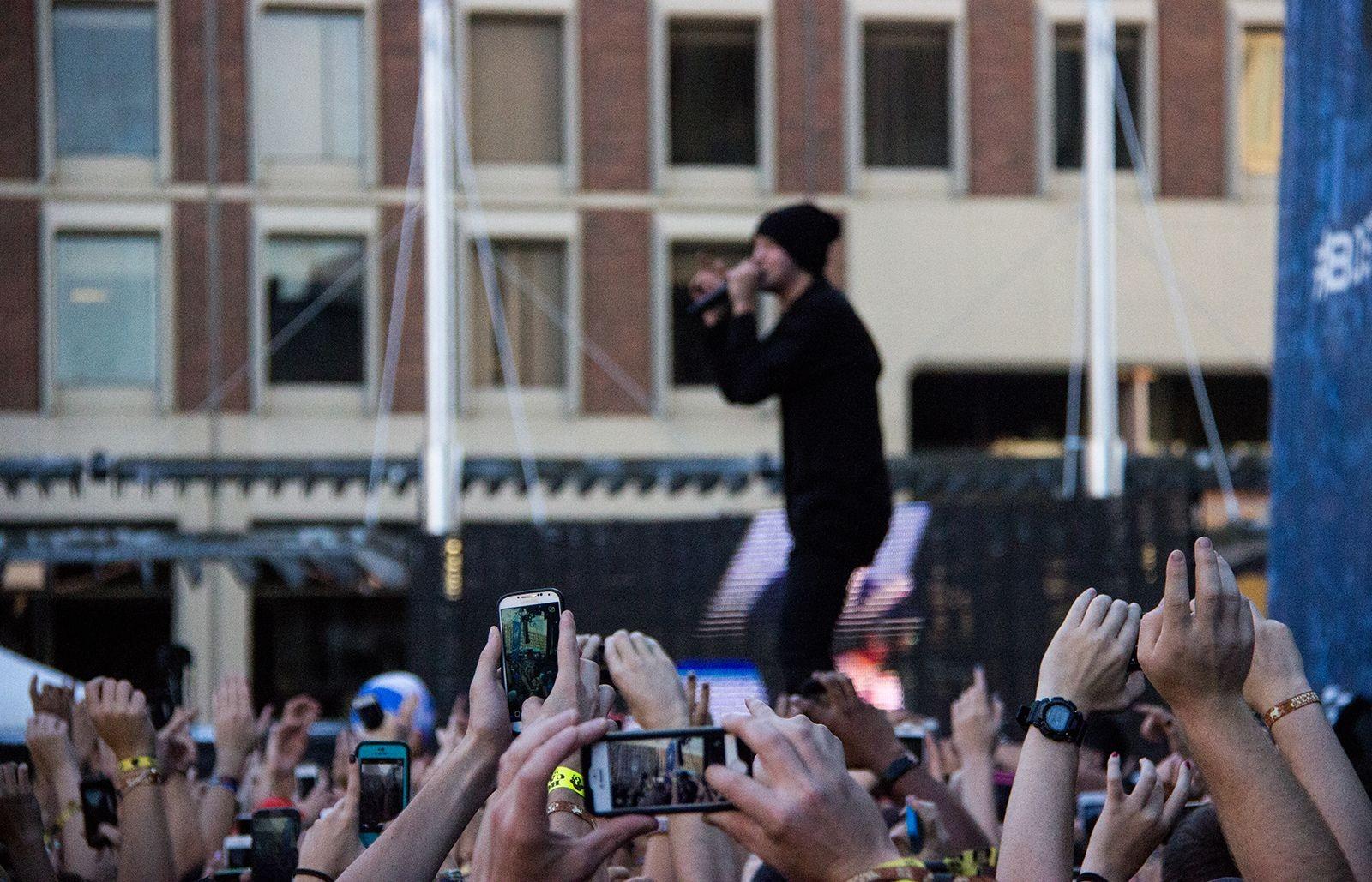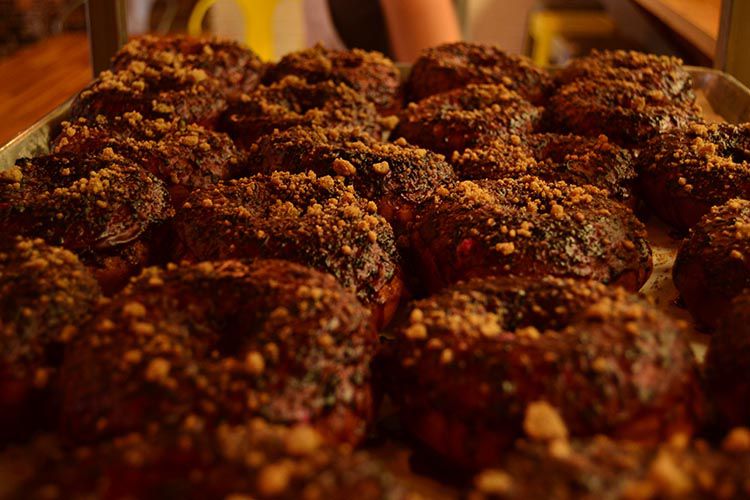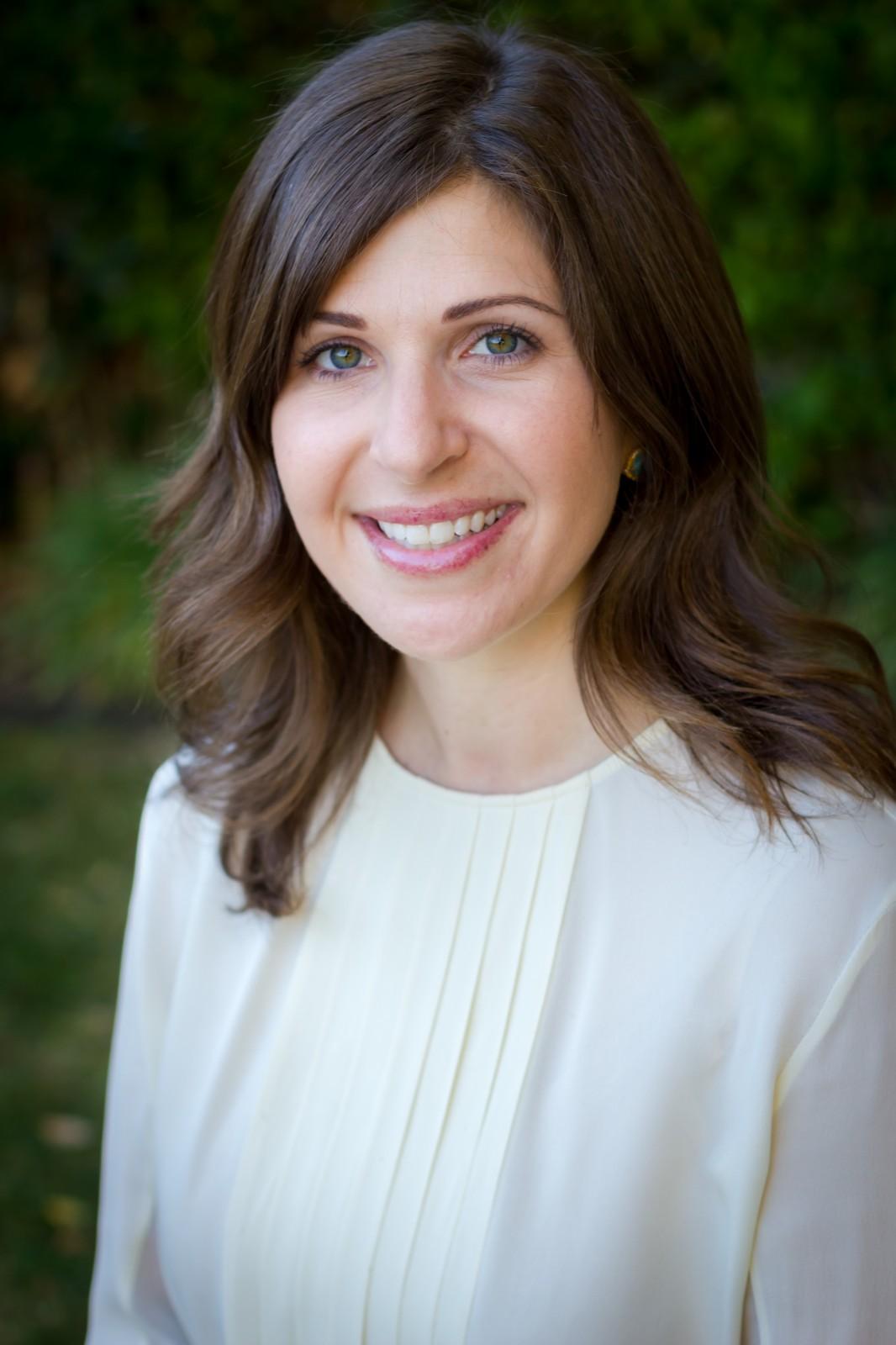Boston Lyric Opera’s new Opera Annex Production, Benjamin Britten’s The Turn of the Screw, is a unique and terrifying production staged at the historic Park Plaza Castle, a distance from the BLO’s traditional Shubert stage. Since opening in 1891, the Castle has never before hosted an opera.
Mid-nineteenth century England serves as the setting for the Bly House Estate. The mansion, a spacious country house established by the architecture of the permanent Castle walls, indoor balcony and staircase, becomes the primary location of the opera.??
Hired as the guardian of two children, a governess makes the Bly House Estate her home. However, the job is conditional. Even when the Bly House becomes haunted, the governess must not write the uncle, ask about the mansion’s history or leave the kids.??
The story presents the idea that past fears can consume present day life and hold individuals captive, and the past is represented as an irrational fear in the opera. The Turn of the Screw also questions which topics are or are not appropriate for children to experience or discuss.
The most misunderstood and misanthropic character is Quint, the estate’s former valet, whom the governess and Mrs. Grose perceive as an evil man. His character is attractive, with piercing dark eyes, a soft chin and a chiseled nose, reminding the audience that the devil is not devoid of charm.??
Stage director Sam Helfrich took a risk by incorporating a rectangular screen, placed panoramically above the orchestra. Initially, the screen annoys, but as the play progresses, it becomes one of the opera’s greatest strengths.??
As the lights dim on the prologue and the first act commences, the screen expands the perceived stage area. The screen shows parts of the Bly House not physically represented on the triangular stage. As each actor or actress exits the stage, they are still “on-stage” via the projected video, leaving the audience with the sense of a larger house and a detailed understanding of character’s lives on and off “stage.” In this way, the audience is allowed an omniscient understanding of the characters’ lives not necessarily meant or otherwise available for the observer.??
The presentation of the music plays an integral part in the feel of the opera as well. Britten’s music isolates each instrument, allowing the listener to hear each unique sound, whether wood, wind or percussion instrument. The chiming of church bells and the scales of a harp accentuated the opera’s strange and sterile mystery.
Aaron Black, lighting director, uses backlighting and runway lighting, projecting eerie shadow variations. Ominous and unshapely shadows emerge from the staircase as characters ascend the stage-left spiral staircase. The impressive and detailed costuming offered a dull palette of colors and variants of grey.
















































































































